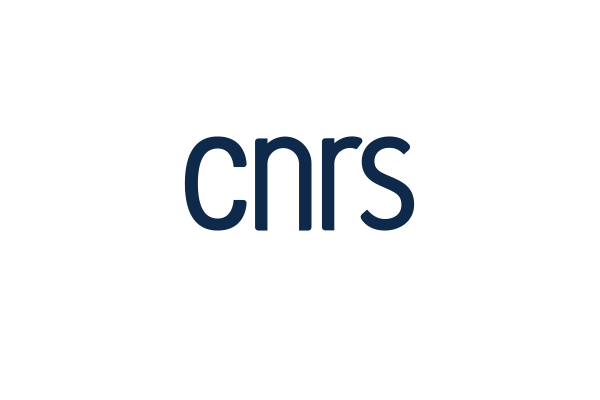Laboratoire LEMAR – 2018
Dongdong ZHU
Leynaert, Aude
Sutton, Jill
50 % ARED labellisée ISBLUE | 50 % Ocean University of China
During the geological history of the Earth, evolutionary competition for dissolved silicon in the ocean directly influenced changes in the global cycles of silicon, carbon, and other nutrients that regulate ocean productivity and ultimately the Earth’s climate1,2. Radiolarians, sponges and diatoms are key players of this evolution and, as such, have provided rich palaeontological records for a multitude of palaeoceanographic studies3. These marine micro-organisms, which can produce intricate skeletons of silica, are very sensitive to changes in environmental conditions. The resistant silica-based skeletons of these organisms are particularly useful in regions of importance for studying climate change where carbonate-based archives are poorly preserved. The study of the biogeochemistry of these skeletons in the sediment layers allows us to obtain information on the environmental conditions and their variability over time. In September 2015, with the financial support of LabexMER, the Silica Group (within the Laboratory of Environmental Marine Sciences; LEMAR, France) started a series of SILICAMICS conferences bringing together 60 silicon cycle experts. During the second SILICAMICS (II) conference, which promoted interactions between chemists, biochemists, physiologists, biogeochemists and genomics experts to better understand the processes of silicification and the role of silicifiers in marine ecosystems, the international consortium produced a number of scientific challenges to improve our understanding of the silicon cycle. Among these challenges, was the poor characterization of the benthic component of the marine silicon cycle. This was due, in part, to the lack of an internationally recognized method for accurately measuring biogenic silica (BSi) content in marine sediments. In addition, the intercalibration exercises that have been performed over the past 20 years have all highlighted that the disparity of the results for BSi analyses can vary by sample type, matrix, and provenance (e.g. see Conley et al., 19984). The proposed thesis will reassess the burial flux of opal in sediments in the context of the global marine silicon cycle5. This will be achieved by conducting an evaluation of the principal factors (identified but not thoroughly evaluated by the scientific community) that influence the accuracy of the analysis of BSi in sediment including: (1) the physical structure and trace element content of the BSi found within the sediment (2) the structural/mineral/chemical composition of the sediment samples (e.g. biogenic vs. lithogenic content; Al:Si ratio; Fe:Si ratio) (3) the provenance (physico-chemical environment) of the sediment samples This thesis plans to characterize biogenic silica from a variety of different regions (e.g. East China Sea, Southern Ocean, North Atlantic Ocean) using several different methods and equipment, and will help to reinforce the development of strong international collaborations. This thesis will benefit from an international cooperation as established under the framework of the SILICAMICS consortium. The LEMAR has extensive experience in sampling and analyzing silicon in dissolved and particulate fractions in different matrices using different techniques, including UV spectrometry, inductively coupled plasma mass spectrometry (ICPMS), Fourier Transform Infrared (FTIR) spectroscopy, and Nuclear Magnetic Resonance (NMR). The LEMAR is equipped with several clean laboratories for sample preparation. All baseline analyses (biogenic silica, dissolved, lithogenic) can be performed using existing LEMAR analytical facilities (PACHIDERM, PSO, PIIM-DRX). References: (1) Hendry, K. R., et al. Front. Mar. Sci. 5 :22 (2018). (2) Conley, D. et al. Front. Mar. Sci. 4 :397 (2017). (3) Racki, G. and Cordey, F. Earth Sci. Rev. 52, 83-120 (2000). (4) Conley, D. J. Marine Chemistry, 63(1–2), 39–48. (1998). (5) Tréguer, P. J., and De La Rocha, C. L., Ann. Rev. Mar. Sci. 5, 477–501 (2013).
CHIBIDO
Lien




